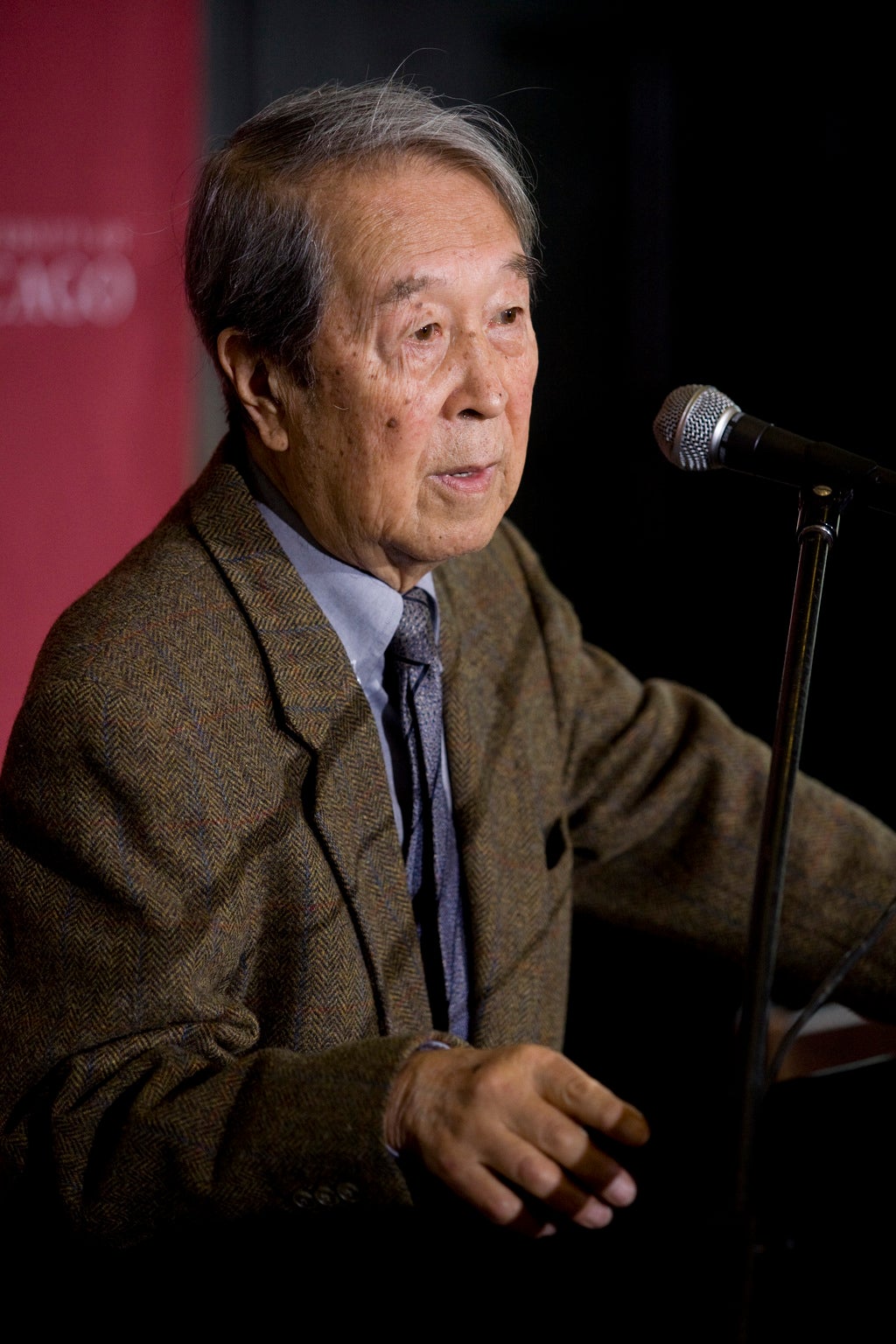Yoichiro Nambu: Theoretical physicist who won the Nobel Prize for his groundbreaking work on subatomic particles

Yoichiro Nambu was a towering figure in theoretical physics who received the Nobel Prize for his ground-breaking work on subatomic particles, bringing about a fuller understanding of the behaviour of matter at the most basic levels. His research on the nature of atomic properties has influenced generations of scientists and has become part of the foundation of what physicists call the Standard Model, or a theoretical explanation of the fundamental structure of nature.
He shared the 2008 Nobel Prize in Physics with two Japanese researchers, Makoto Kobayashi and Toshihide Masakawa, who were recognised for their work on quarks. The three scientists, said the Nobel citation, “give us a deeper understanding of what happens far inside the tiniest building blocks of matter.”
The Nobel came decades after his discoveries had become essential to the work of countless scientists in a variety of fields. “Why did they wait so long, the Swedes?” James Cronin, his University of Chicago colleague and a Nobel laureate himself, wondered. “His work preceded so much important work that other people did and is the cornerstone of the standard model of elementary particle physics.”
Nambu’s most important discovery concerned a phenomenon known as spontaneous symmetry breaking. Since the late 1950s, he had been performing experiments in superconductivity, examining how electrical current could move with little resistance at extremely low temperatures.
According to the traditional laws of physics, interactions involving subatomic particles should be characterised by reversibility and symmetry. Outside forces should not produce more or fewer particles or alter their basic properties. Nambu saw, however, that materials sometimes moved from a symmetrical state to an asymmetrical one. He showed that under certain conditions particles could break down, resulting in changes in their mass and function.
He described the phenomenon in terms of a crowd of people standing in an open area, looking out in random directions. But if one person gazes intently in one direction, others will follow suit, acting on an unseen force. When he first defined spontaneous symmetry breaking in 1960, other physicists were sceptical, but it has become an underlying principle of much theoretical work in physics.
With another scientist, Moo-Young Han, Nambu developed a theory in 1965 to describe how protons and neutrons are bound together in the nucleus of an atom, and he was also a seminal thinker in the formulation of string theory. When he won the Nobel Prize he was asked what advice he would offer students interested in science. “Think independently, and think all the time,” he said. “I like to tackle a problem first by myself, and then look up somebody’s answer, if there is one.”
MATT SCHUDEL
Yoichiro Nambu, physicist: born Tokyo 18 January 1921; married 1945 Chieko Hida (one son); died Osaka 5 July 2015.
© The Washington Post
Join our commenting forum
Join thought-provoking conversations, follow other Independent readers and see their replies
Comments
Bookmark popover
Removed from bookmarks